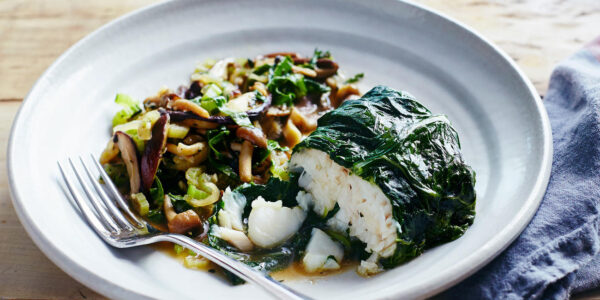
3 gardeners share their design secrets
Great Western gardeners show how to grow food in gardens of any size
When Willi Galloway and her husband, Jon, moved into their first house, she didn’t dream about redoing it. Instead, the cooking-obsessed Willi fantasized about a veggie garden.
“My first memories of gardening are of working beside my mom in the family vegetable plot,” says the force behind the blog DigginFood, an ode to growing, cooking, and eating off the land.
So one Saturday, Jon dug up a 200-square-foot patch of yard ― “There’s nothing more romantic than watching your husband tear out lawn for your garden,” says Willi ― and the couple borrowed a neighbor’s “super-burly tiller” to loosen the soil.
Two weeks later, Jon built five raised beds. Willi planted the crops she loves, including basil for making her grandma’s pesto recipe, and butternut squash that she cubes, grills, and blends with spicy black beans to fill vegan squash tacos. Now she marvels at all the vegetables. “Growing and cooking food is a fundamental human experience,” she says.
Tips for a gourmet garden
Install raised beds Easy to tend, they’re a key to success because they’re filled with loose, well-amended soil. Willi used cedar planks left over from a fence-removal project to create raised beds. The perfect raised bed
Double up To keep your cupboard full, try underplanting. Willi tucks salad greens beneath pepper plants and edges her beds with flat-leaf parsley.
Go with greens Baby greens grow and produce quickly ― just one month after planting. When harvesting, leave inch-tall stubs and you’ll get two or more rounds. Seeds to go for: California Spicy Salad mix and baby mesclun from Renee’s Garden.
Try unusual varieties Shop seed catalogs for new varieties. Among Willi’s discoveries are ‘Nero di Toscana’ kale ― “I slice the deep green, rumpled leaves into ribbons, sauté them, and add to whole-grain salads”; ‘Chioggia’ beet, a classic Italian heirloom; and ‘Santo’ cilantro, a variety that’s bolt-resistant.
Problem-solver Proper spacing. “I planted my crops a little too close together that first year,” Willi says; the tomatoes got late blight. “Now I give them the space they need.” How to plant a veggie garden – Kathleen Brenzel
The city farmer shows how to garden in pots
You might say that Justin Wiener is an accidental gardener. While clearing 4-foot-tall weeds from a small yard behind his San Francisco apartment, the multimedia specialist discovered a 5- by 12-foot concrete pad.
While some might have torn out the pad and used the space to grow flowers or, with proper neglect, even more weeds, Wiener had a different idea: to harvest veggies fresher than those offered by his CSA (community-supported agriculture) membership. So he planted seedlings of veggies and herbs in pots ― a mobile solution for a city dweller.
“I started with a few plants the first weekend, and each weekend I would acquire a few more,” he explains. The collection took on a life of its own. Potted herbs, peppers, tomatoes, and squash fill almost every available spot, with just enough space left over for an alfresco situation: a cafe table, a chair, and a lantern. And, of course, produce fresh off the vine.
